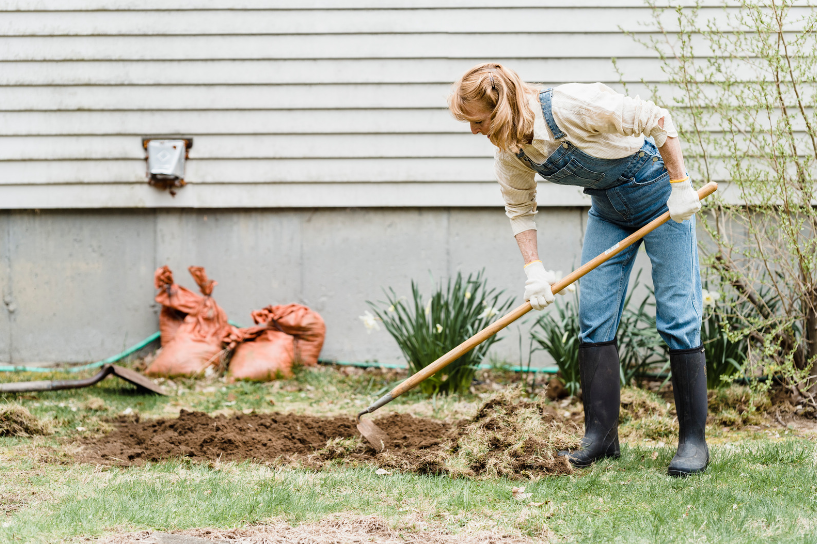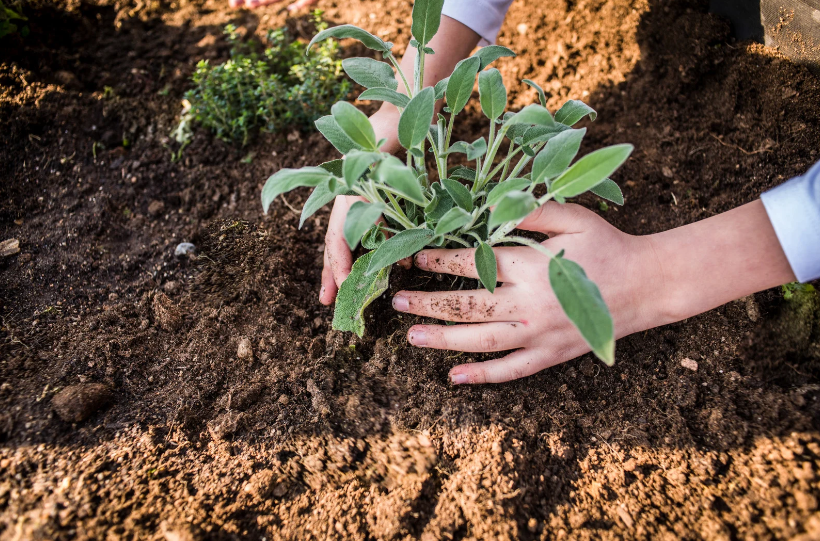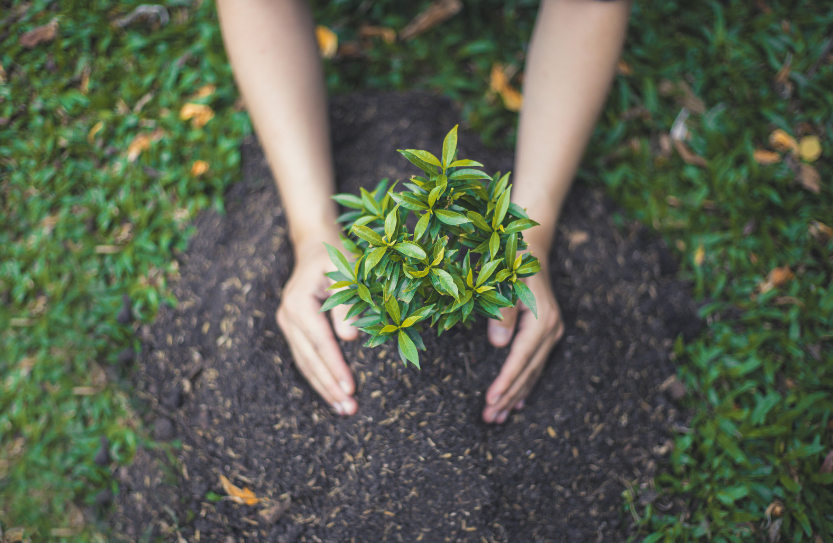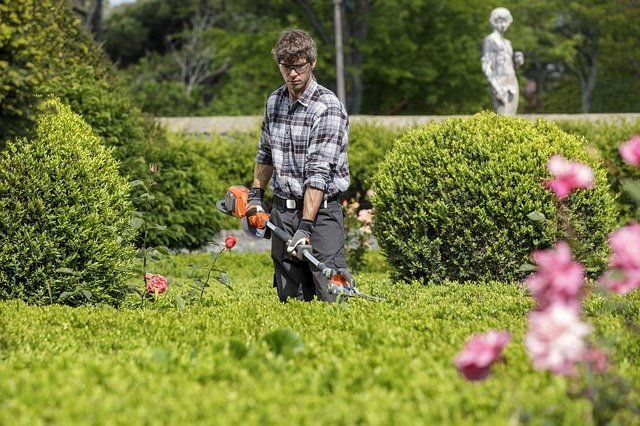How Often Should I Trim My Hedges?
How Often Should I Trim My Hedges?
Regular hedge trimming is essential for maintaining healthy hedges, but just like trees, too much trimming can do them more harm than good. Hedges should be trimmed often enough to keep them the proper shape and size, but not so often that new growth is discouraged.
There are several factors to consider when deciding how often to trim your hedges. The first is the species of plant that your hedge is made of. Boxwood, one of the most common shrubs used for hedges, should receive a good pruning every spring. It can then be touched up as needed throughout the growing season, but since boxwood hedges grow slowly, they should only be trimmed for aesthetics after their annual pruning. Avoid trimming boxwood in the fall so that it has time to recover before winter sets in.
Cedar hedges also only require one trim per year, but are generally trimmed during the summer. Cedar should be trimmed after it has finished its growth for the year, but before the new growth becomes indistinguishable from the existing hedge. Faster growing hedges like dogwood may need to be trimmed as often as three times a year!
Another factor that determines the frequency of hedge trimming is the style that you want for your lawn or garden. Formal hedges give a landscape an elegant and refined look, but they must be trimmed often to maintain their crisp lines and well-defined shapes. Each trim will remove very little foliage (usually 5cm or less), but trimmings may need to occur as often as every month during the growing season.
Informal hedges, on the other hand, will often only require one trim per year. Informal hedges are allowed to grow more freely, giving them a natural look. Their annual trim is simply to maintain their size, not to produce any particular shape. The species of your hedge may help determine whether your hedge should be formal or informal (as certain plants are better suited for each type), but if you are establishing a new hedge, the choice is entirely up to you!
The final considerations are the hedge’s age, health, and desired size. If a hedge is young and is still growing to its full size, it will not need to be trimmed as often as a mature hedge that you want to keep within its bounds. It is also better for a hedge’s heath to remove less foliage during each trimming. If a hedge is struggling, it may need to be trimmed more often so that it does not go into shock and die.
Because of the many factors involved, there is no one-size-fits-all answer to how often hedges should be trimmed. The type of hedge you have plays a large role in determining how to properly care for it, and the other factors we just discussed should be considered as well. If you are unsure of how to properly maintain your hedge, don’t hesitate to give us a call!
Our landscaping experts are here to help!
You might also like



Get A Free Quote!


